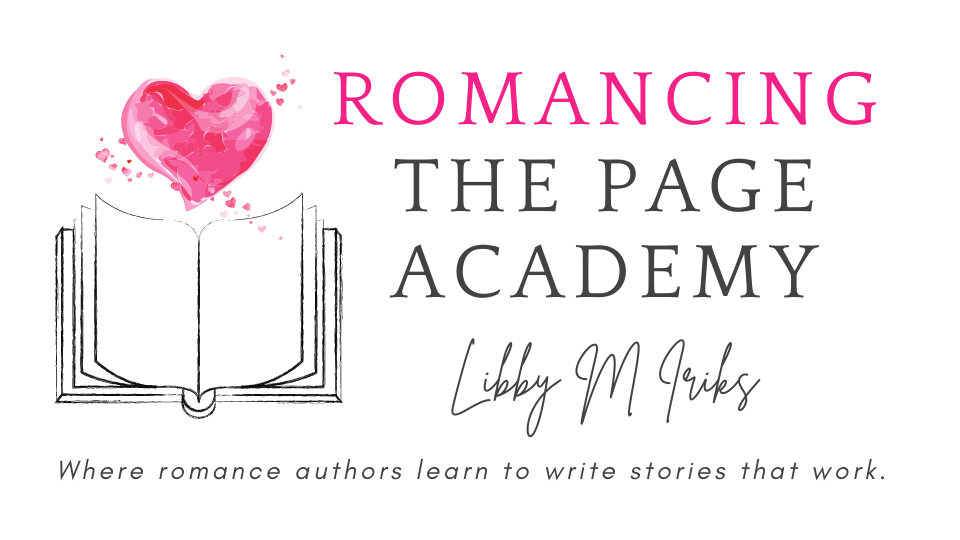What external challenges will my characters face in their relationship?
In studying the examples of obstacles and conflict in the previous section, you may have noticed some common elements between them. We’re now going to explore those elements and how to put them together, step by step, so you know exactly how to build the romantic conflict in your own story.
Step 1: Remember the goal
The key to crafting good conflict lies in knowing what your characters want, and then making them struggle and work hard to get it. So keep your character’s external goal at the forefront of your mind.
Step 2: Identify the antagonist (and what’s motivating them)
Remember, an antagonist doesn’t have to be another character. It could be an unseen force. Determine which type of antagonist — villain, opposition, presence — will be best suited to challenging your character so they can grow and develop into the person they need to be. If the antagonist is going to be another character, be sure to outline why they’re going to put obstacles in the character’s way. If they don’t have a legitimate, believable reason, the external conflict in your story will feel contrived.
Step 3: Define the obstacle
What is the antagonist going to do to keep the character from achieving their goal? Think of this in broad terms — the conflict created by this obstacle needs to propel the story forward from the first page to the last, and it needs to be a big enough obstacle that the character can’t overcome it easily.
Step 4: Consider the solution
Think about what the character needs to do, what physical action they need to take, to overcome the obstacle. In what way will this help them achieve their goal? Note the formulaic phrasing used in the earlier examples: ‘If [the character] can [do this task], then [this is how they’ll achieve their external goal].’
Step 5: Determine the challenge
Given what you know about your character, think about the difficulties they’ll have in completing this task (in the physical sense). What will occur to challenge them? Note the formulaic phrasing used in the earlier examples: ‘This is a challenge for [the character] because [this is why it’s difficult].
Step 6: Explore the romantic conflict
Now that you know how your character is going to struggle, consider the impact that will have on the romance between the protagonist and the love interest.
In your workbook, you’ll find these six steps have been put into a table, along with prompt questions, to help you determine the external romantic conflict in your story. This exercise should be done for both the protagonist and love interest — even if you choose to write the story from only the protagonist’s point of view, it’s still important to know how the love interest will be struggling.
